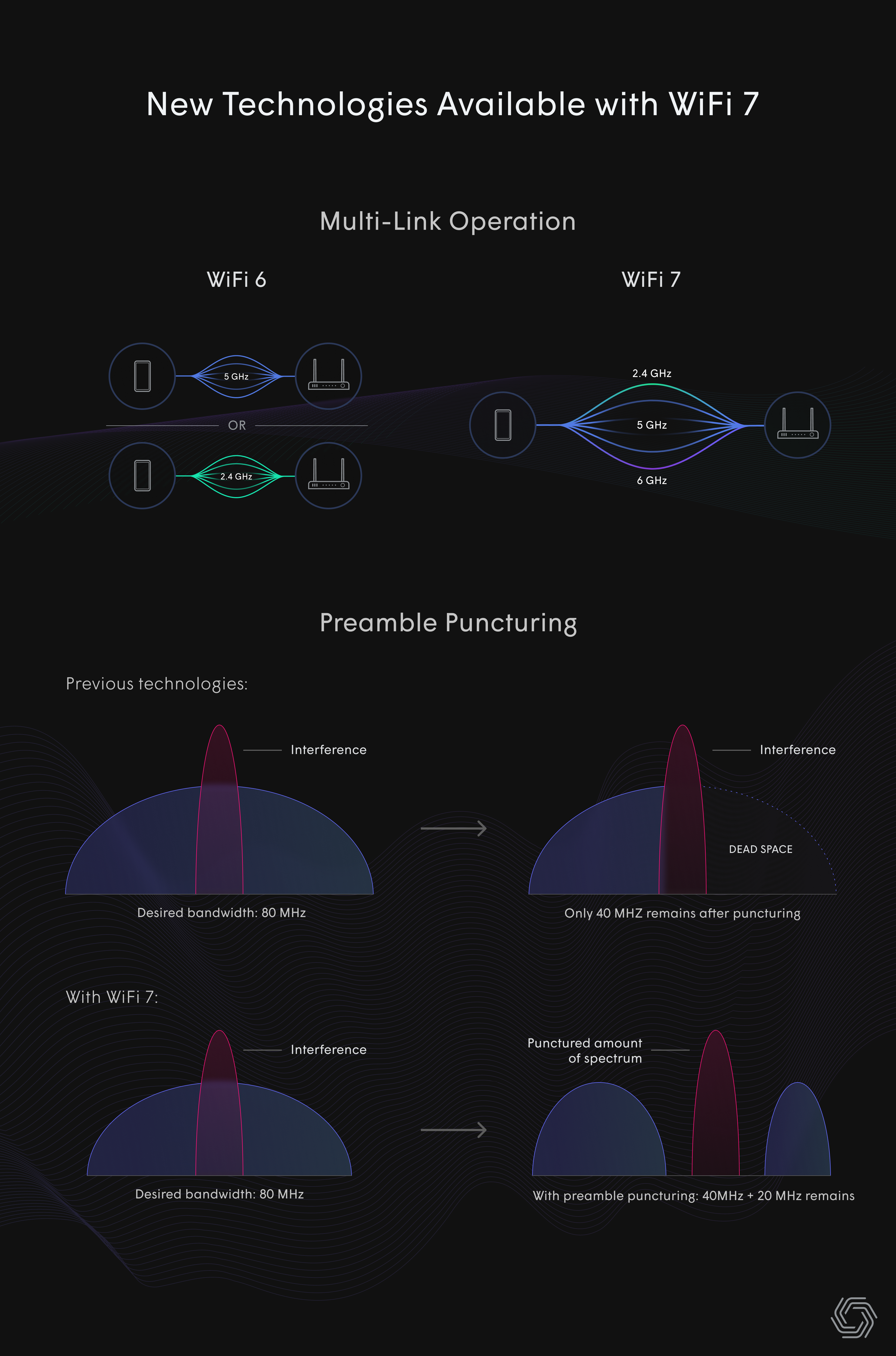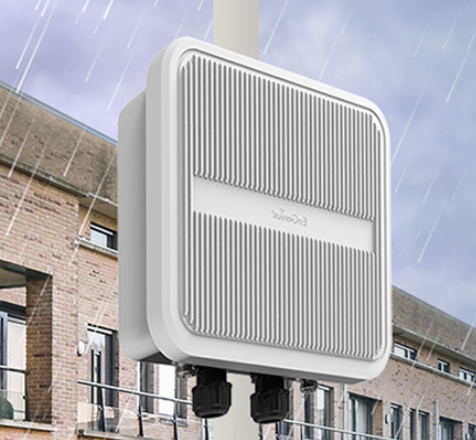
By Claus Hetting, Wi-Fi NOW CEO & Chairman
The latest edition of Plume IQ presents new data on neighbouring Wi-Fi networks and tackles some of the new issues consumers will face when networks and devices upgrade to Wi-Fi 7. Here are the salient points.
Plume IQ – the data and analysis arm of the CSP experience platform Plume – says the number of neighbouring Wi-Fi networks that any given home Wi-Fi network can ‘see’ is increasing across Japan, Europe, and the US. The 2022-2023 increase ranges from 7.9% in Europe to 9.3% in the US and 13% in Japan. The increase is significant because the number of neighbouring networks will negatively impact Wi-Fi quality unless measures are taken to actively avoid the additional interference.
Plume IQ also points out that the generational shift to Wi-Fi 7 – which is underway across the world – may in some cases be a mixed blessing when it comes to home Wi-Fi quality. In Europe only one 320 MHz channel is available for Wi-Fi 7 operation in the 6 GHz band, which could mean increased interference if for example neighbouring (and normally uncoordinated) networks choose to operate Wi-Fi 7 in 320 MHz channels at the same time. The use of 320 MHz channels is a new and likely popular Wi-Fi 7 feature because it promises substantially faster connectivity speeds.
Another potential pitfall is the use of Preamble Puncturing in Wi-Fi 7, a feature that encourages the use of wider (and faster) channels even when interference is present. It does this by carving out and discarding the noisy parts of for example a 320 MHz channel.
Plume argues that preemptively managing interference by moving devices to other less noisy channels may yield substantially better results compared to piling devices into the same 320 MHz channel in the hope that preamble puncturing will resolve interference problems.
Finally, Plume IQ says Multi-Link Operation (MLO) – arguably the most important feature in Wi-Fi 7 for low latency and increased reliability – will require the home network to be managed as a whole so that a single device is not permitted to degrade the connectivity performance of others. Otherwise MLO could potentially cause more interference because the same channel could be used for fronthaul and backhaul at the same time, Plume IQ says.
/Claus.
Plume IQ data is collected from 3 billion connected devices in 60 million locations managed by the Plume cloud. For more don’t miss Plume’s Tony Liebel speaking at Wi-Fi World Congress USA in Sarasota, Florida on April 22-24 – for more click here.









